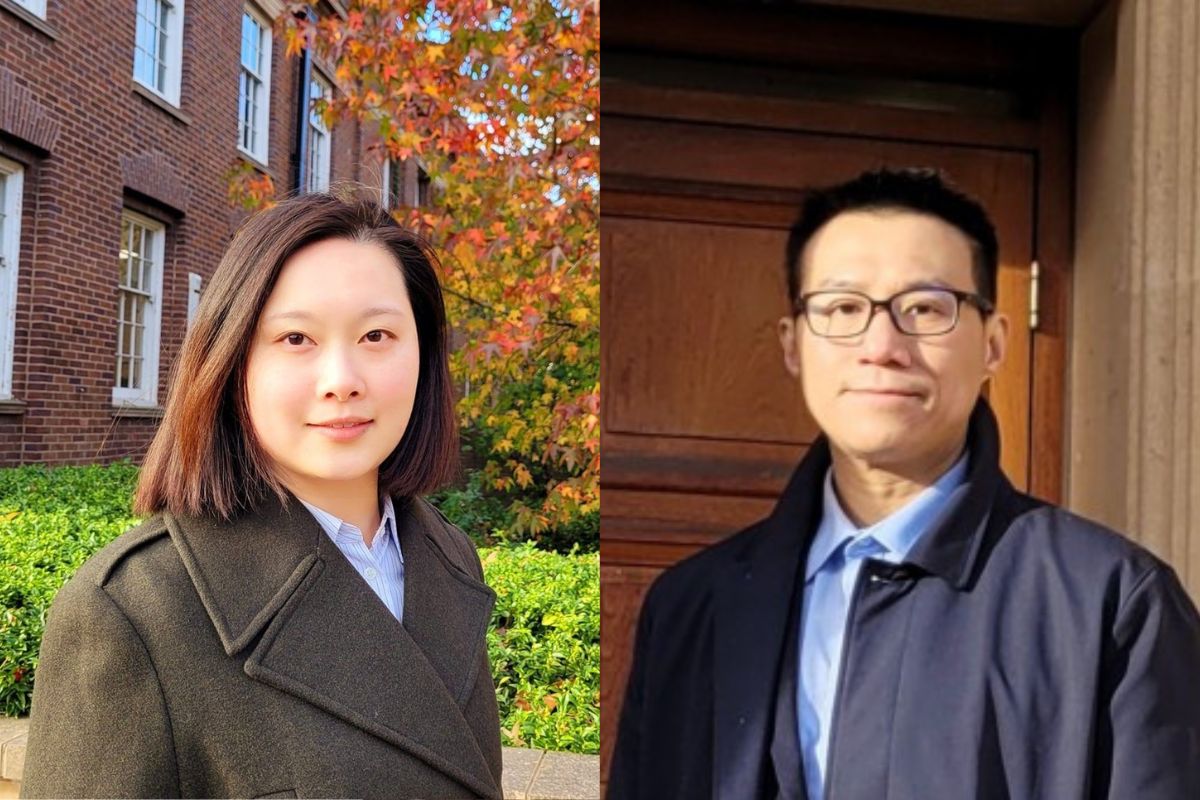Satellite data and AI combined for LA wildfire analysis demonstrating advances in environmental monitoring
Researchers from the University of Chester have integrated Artificial Intelligence with satellite data from the European Union Space Programme in groundbreaking work analysing the environmental impact of the LA wildfires.

The innovative application developed by academics at the University’s Faculty of Science, Business and Enterprise is now featured as a case study on the Copernicus Data Space Ecosystem.
The Ecosystem is part of the Copernicus component of the European Union Space Programme - the EU’s most ambitious Earth Observation (EO) initiative, leveraging both satellite and ground-based data to address global environmental and societal challenges.
The application, led by Professor Kelvin Leong and Dr Anna Sung at the University of Chester, investigates the impact of wildfire pollution in urban areas using computer vision techniques to analyse satellite imagery. It demonstrates the integration of Artificial Intelligence (AI) with this EO data to reveal the spatial distribution of carbon monoxide (CO) in Los Angeles (LA) following the January 2025 wildfires.
The analysis identified two primary clusters of CO concentration. The Coastal LA Hotspot exhibited the highest levels, driven by a combination of wildfire emissions, vehicle congestion, industrial activities, and meteorological factors such as temperature inversions. The Background CO Levels cluster covered the broader Southern California region, where lower but still significant CO levels were attributed to transportation, agriculture, and natural sources.
By distinguishing these clusters, the work has provided a detailed assessment of how wildfire-driven pollution interacts with existing urban and industrial emissions, offering insights into both short-term environmental impacts and long-term pollution trends. Furthermore, beyond identifying pollution patterns, the analysis examined their implications for human health, local economies and more, in addition to illustrating the value of such findings to a wide range of stakeholders, including policymakers, researchers, urban planners, and environmental agencies.

Prof Leong said: “By merging computer vision with satellite data, we can address complex environmental challenges more effectively. We're excited about the potential of our research to make a significant impact.”
Dr Sung, Programme Leader for the MSc FinTech (Financial Technology) and Business Analytics at the University, emphasised their commitment to integrating research into teaching: “We are eager to share these advanced techniques and our findings with our students, particularly in the MSc FinTech and Business Analytics programme, enhancing their learning experience and preparing them for future challenges.”
The project is part of a broader series of initiatives by the team. Recently, they also secured a research grant from OpenAI, the creator of ChatGPT, to explore the ethical use of AI.
For more information on the case study, Earth Observation Data and AI Integration: Unveiling the Spatial Impact of Wildfire Pollution in Los Angeles, and this innovative approach, please visit: https://dataspace.copernicus.eu/cases/earth-observation-data-and-ai-integration-unveiling-spatial-impact-wildfire-pollution-los
ENDS
Centre image:
- Dr Anna Sung and Professor Kelvin Leong.